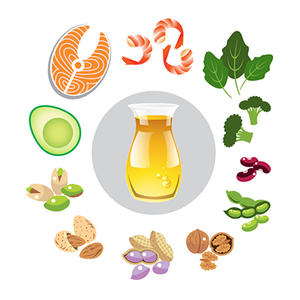Make foods from scratch
Instead of buying pre-prepared meals from the supermarket, try making the dish yourself at home. Pre-prepared meals can be less healthy as they often contain more saturated fat and salt than if you had made it from scratch. By making the dish yourself, you have more control over the ingredients and can make some simple food swaps like those suggested above. This means you can make the dish healthier and reduce the fat content.
Sources
1. British Dietetic Association, Food Fact Sheets, Fat [Internet] Birmingham, United Kingdom. Available from: https://www.bda.uk.com/resource/fat.html (Accessed 17th October 2024)
2. NHS, Live Well, Eat Well [Internet] United Kingdom. Available from: https://www.nhs.uk/live-well/eat-well/eat-less-saturated-fat/ (Accessed 17th October 2024)
This content is provided for general information only. It is not intended to amount to advice on which you should rely – you must obtain professional or specialist advice from your healthcare professional before taking, or refraining from, any action on the basis of the content. Although we make reasonable efforts to ensure that the content is up to date, Roche makes no representations, warranties or guarantees, whether expressed or implied, that the content is accurate, complete, up-to-date or that it should be relied upon.


